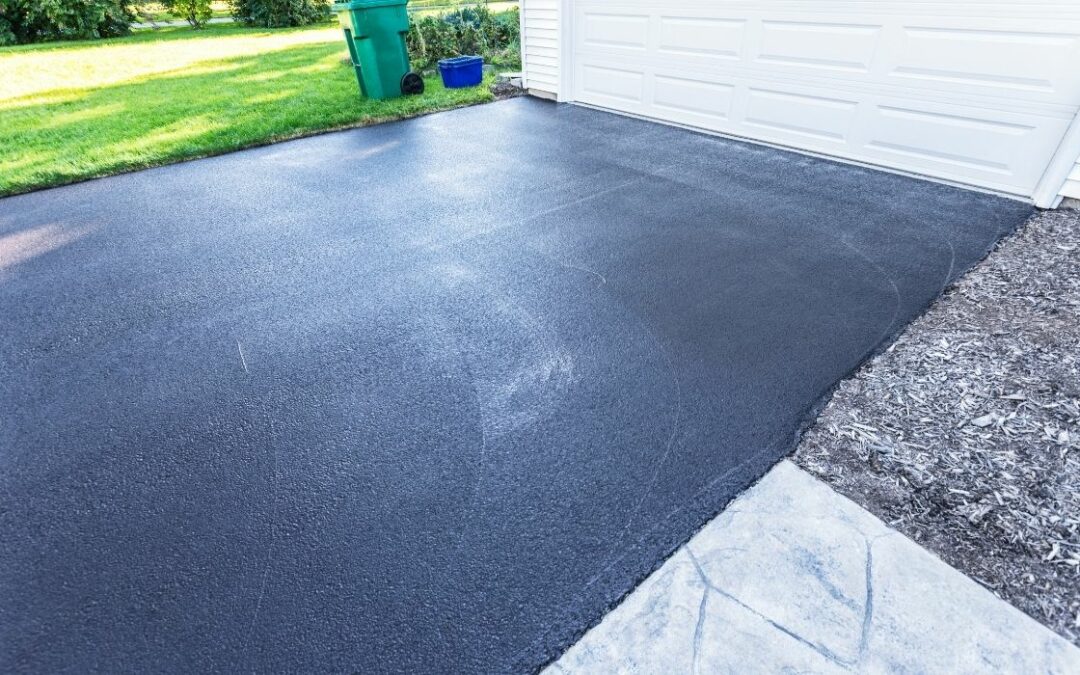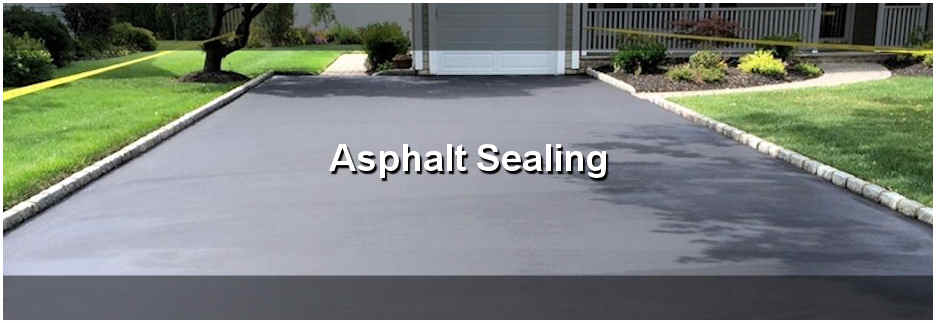Rejuvenate Angle Parking Lots: Asphalt Sealing Approaches Disclosed
Rejuvenate Angle Parking Lots: Asphalt Sealing Approaches Disclosed
Blog Article
Cold Mix Asphalt Vs. Hot Mix Asphalt: Which Is Right for You?

Structure Distinctions
Cold mix asphalt is generated by emulsifying the asphalt binder with water and an emulsifying representative prior to blending it with accumulation. The warm mix asphalt manufacturing procedure entails warming the accumulation and asphalt binder independently prior to incorporating them at the asphalt plant.
In addition, cool mix asphalt tends to be much less thick and extra adaptable than warm mix asphalt. This adaptability makes it far better matched for locations with higher levels of movement, such as driveways or roads with hefty website traffic. In comparison, warm mix asphalt is understood for its high toughness and resistance to rutting and fracturing, making it a recommended option for highways and high-traffic roads where longevity is vital.
Installment Refine Variances
The procedure of installing cold mix and hot mix asphalt shows significant differences in their demands and procedures. In comparison, warm mix asphalt necessitates a much more elaborate setup procedure. Due to the home heating requirements, hot mix asphalt installments are generally lugged out by specialists with specialized devices, making certain a more structurally audio and irreversible result.
Longevity and Longevity Aspects
When taking into consideration asphalt options, resilience and durability are critical variables to evaluate for lasting pavement performance. Hot mix asphalt (HMA) is known for its exceptional sturdiness and long life. The high temperature levels throughout the mixing and laying process permit better compaction, resulting in a denser and more powerful sidewalk structure. This results in HMA being much more resistant to rush hour lots, rough climate condition, and the effects of aging contrasted to chilly mix asphalt (CMA)
In terms of long life, HMA normally exceeds CMA due to its premium stamina and resistance residential properties. HMA pavements have a longer life span, needing much less regular fixings and maintenance, which can convert to cost financial savings over time. Additionally, HMA sidewalks are more quickly customizable to satisfy specific job needs, additionally boosting their sturdiness.
Cost Considerations
Considering the financial implications is an important element when evaluating the choice between hot mix asphalt (HMA) and cool mix asphalt (CMA) for sidewalk tasks. While the first expense of warm mix asphalt is normally greater than that of chilly mix asphalt, HMA commonly supplies a much more affordable service in the long run due to its superior durability and longevity.
In addition to product expenses, it's vital to think about the costs connected with installation and upkeep when contrasting HMA and CMA. HMA typically requires customized tools and proficient labor for appropriate installation, which can influence general project visit site prices. On the other hand, CMA is much easier to deal with and can often be used utilizing simpler strategies, potentially decreasing setup expenses. Inevitably, the decision in between HMA and CMA must take into account not just the first price however additionally the lasting economic implications to determine one of the most economical option for the details pavement task.
Environmental Effect Contrast
Comparison of the environmental influences between hot mix asphalt (HMA) and cold mix asphalt (CMA) discloses visit homepage distinct distinctions in sustainability practices. HMA production requires high temperature levels, leading to increased energy consumption and greenhouse gas exhausts.
Furthermore, the usage of CMA commonly involves reusing existing asphalt pavement, advertising resource conservation and minimizing the amount of waste sent out to land fills. By deciding for CMA over HMA, road building and construction jobs can contribute favorably to environmental conservation initiatives.
Conclusion
To conclude, the option in between cold mix asphalt (CMA) and hot mix asphalt (HMA) depends on different factors such as composition, setup process, longevity, longevity, expense, and environmental effect. angle parking. While CMA supplies a fast and cost-effective option for small repair work, HMA ensures remarkable longevity and durability for heavy website traffic locations. Take into consideration these aspects carefully to determine which sort of asphalt is the appropriate selection for your paving needs

Thinking about the economic ramifications is a vital facet when evaluating the option between warm mix asphalt (HMA) and cool mix asphalt (CMA) this content for sidewalk projects. While the initial price of hot mix asphalt is typically greater than that of chilly mix asphalt, HMA typically supplies a much more cost-efficient service in the lengthy run due to its exceptional toughness and longevity. asphalt repair.Contrast of the ecological impacts in between hot mix asphalt (HMA) and cold mix asphalt (CMA) discloses unique differences in sustainability practices.In verdict, the choice in between cool mix asphalt (CMA) and hot mix asphalt (HMA) depends on different elements such as composition, installment process, toughness, longevity, cost, and ecological influence
Report this page